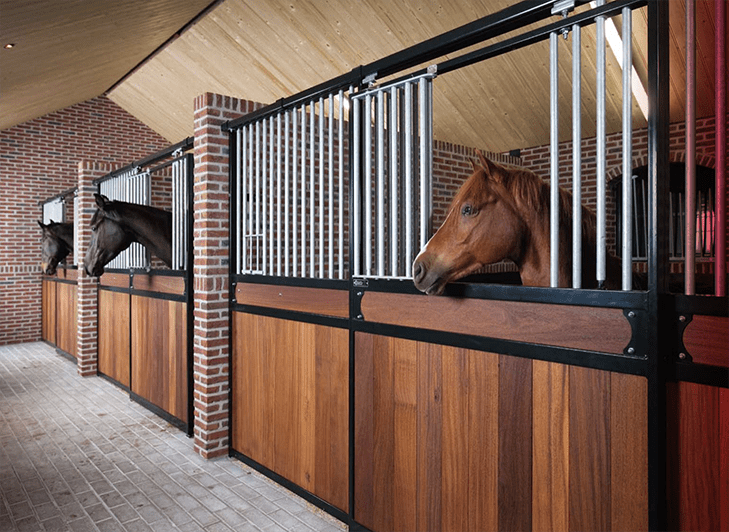The Importance of Anti-Microbial Stables for Equine Health
A stable is a horse’s home. Ideally, your horse stables (whether home or traveling) provide a safe, comfortable, and healthy environment. Unfortunately, stables can become breeding grounds for harmful microbes, leading to various equine health issues. Stables treated with anti-microbial provide cleaner and healthier environment.
Why Anti-Microbial Stables Matter
- Disease Prevention: Untreated stables often harbor bacteria, viruses, and fungi, which may result in a range of equine illnesses, including:
- Respiratory infections
- Skin conditions
- Gastrointestinal issues
- Foot infections
- Improved Hygiene: Anti-microbial treatment inhibits the growth of harmful microorganisms, significantly reducing the risk of disease transmission and fostering a cleaner environment.
- Enhanced Comfort: A hygienic and health-conscious environment greatly enhances your horse’s comfort and overall well-being. By limiting exposure to harmful microbes, you promote better health outcomes and quality of life for your equine companion.
- Cost Effectiveness: The long-term savings of reduced sickness far outweighs the cost of treating your stable with an anti-microbial. Treating stalls with anti-microbial reduces the risk of illnesses which are expensive to treat (and potentially deadly), associated veterinary expenses, costs to isolate a sick horse from other horses, downtime due to illness, and the risk of cross-contamination from one horse other horses. The long-term savings can be substantial.
Key Features of Anti-Microbial Stables
- Anti-microbial coatings: Applied to surfaces such as walls, floors, and ceilings, these coatings prevent the growth of bacteria and fungi.
- Ventilation Systems: Adequate airflow is essential for a healthy environment. Anti-microbial stables are equipped with advanced ventilation systems that optimize airflow and minimize moisture accumulation.
- Effective Drainage: Proper drainage mechanisms prevent standing water, thereby inhibiting microbial growth.
- Ease of Cleaning: Anti-microbial surfaces simplify cleaning and disinfection processes, helping to maintain a hygienic environment efficiently.
Hauptmerkmale von antimikrobiellen Stallungen
Antimikrobielle Beschichtungen: Diese Beschichtungen werden auf Oberflächen wie Wände, Böden und Decken aufgetragen und verhindern das Wachstum von Bakterien und Pilzen.
Belüftungssysteme: Eine ausreichende Luftzirkulation ist für eine gesunde Umgebung unerlässlich. Antimikrobielle Ställe sind mit fortschrittlichen Belüftungssystemen ausgestattet, die den Luftstrom optimieren und die Feuchtigkeitsansammlung minimieren.
Effektive Drainage: Geeignete Entwässerungsmechanismen verhindern stehendes Wasser und hemmen so das Mikrobenwachstum.
Leichte Reinigung: Antimikrobielle Oberflächen vereinfachen die Reinigungs- und Desinfektionsprozesse und tragen so effizient zur Aufrechterhaltung einer hygienischen Umgebung bei.
Schlussfolgerung
Die Investition in einen antimikrobiellen Stall ist eine kluge Entscheidung für jeden Pferdebesitzer, der Wert auf die Gesundheit und das Wohlbefinden seines Pferdes legt. Durch die Bereitstellung einer saubereren, gesünderen Umgebung reduzieren diese Ställe das Krankheitsrisiko erheblich, erhöhen den Komfort und bieten potenziell langfristige finanzielle Einsparungen.

